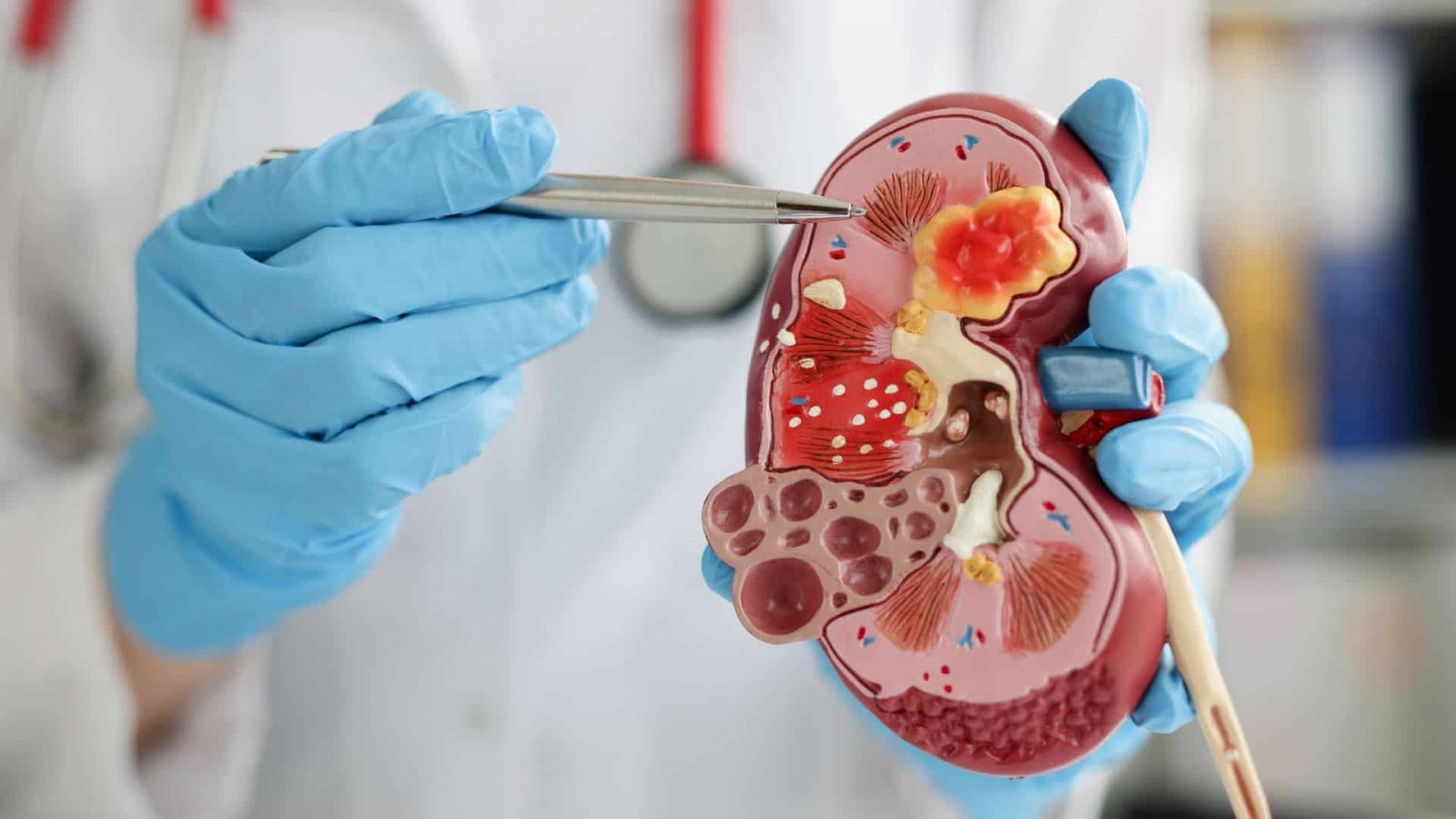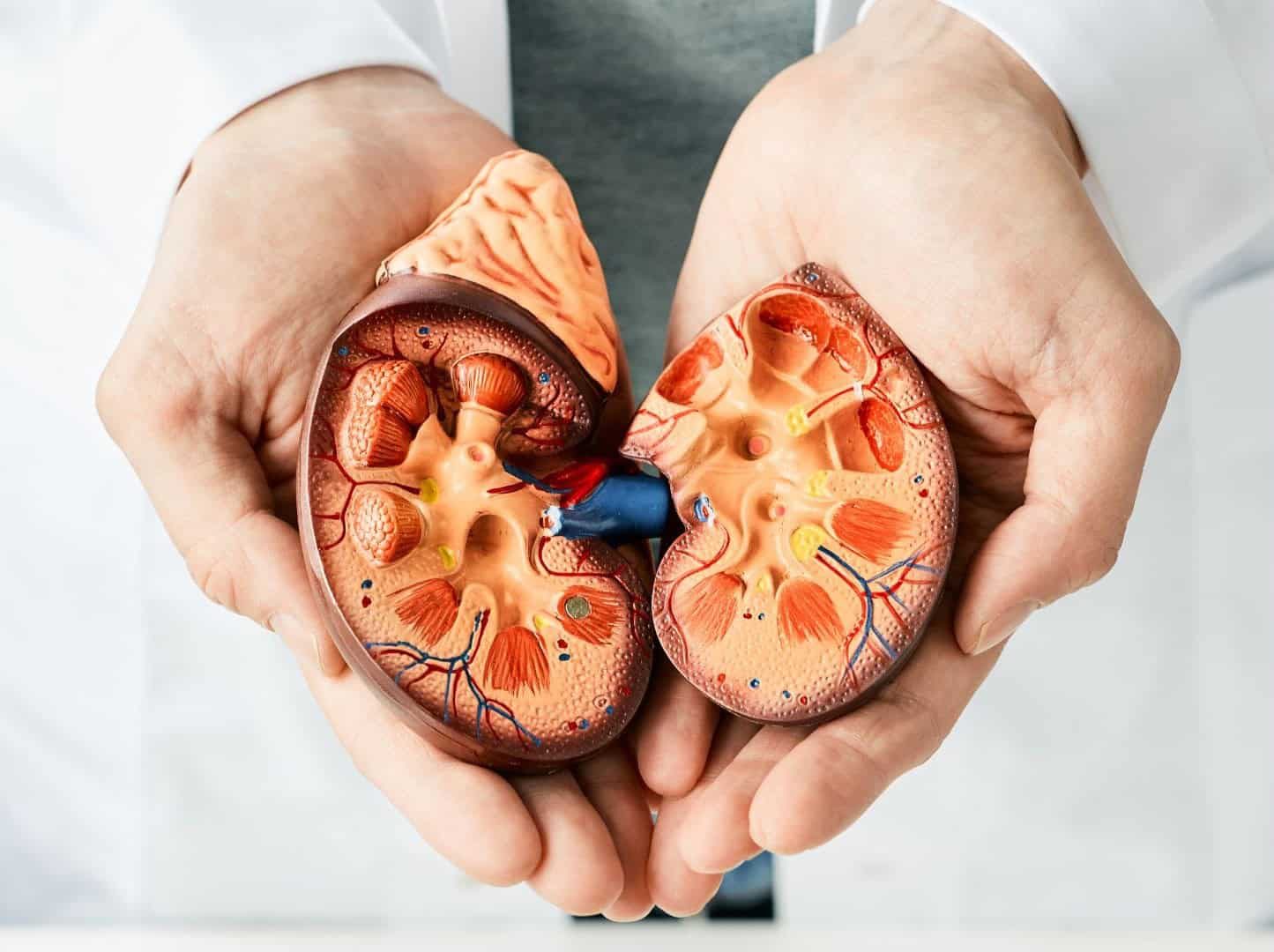How kidney stones form
Kidney stones (nephroliths) are solid crystalline formations that develop in the kidneys when certain substances in the urine – such as calcium, oxalate, phosphate, uric acid, or cystine – accumulate excessively and begin to crystallize.
The size of kidney stones can vary, ranging from tiny grains resembling sand to larger formations that may cause intense pain, urinary difficulties, and urinary tract infections.
Common causes include:
- insufficient fluid intake
- improper diet rich in salt, proteins, or oxalates
- metabolic and hereditary disorders
- certain urinary tract diseases
Understanding the chemical composition of a kidney stone is crucial because it enables physicians to determine the underlying cause, adjust diet and therapy, and define targeted measures to prevent recurrence.

How to send a sample
We perform chemical composition analysis of kidney stones using advanced FTIR-ATR spectroscopy, a method that provides an exact and reliable determination of stone composition.
This analysis is available to patients from all parts of Croatia and abroad. The sample can be sent by mail, without the need for a personal visit.
Our experts support your physician by providing a detailed analysis that helps in accurate diagnosis, treatment planning, and prevention.
Instructions for Sending the Sample
- Place the kidney stone in a clean, dry plastic container or a sealed plastic bag.
- Include the following information in the package:
- full name, date of birth, address, and personal identification number (OIB)
- date when the stone was passed or surgically removed
- proof of payment for the kidney stone analysis
- your phone number or email address (for sending results)
Send the package by mail to:
IMC Priora, Kralja Tomislava 153, 31431 Čepin, Croatia
Before sending the sample, please get in touch with our staff for detailed instructions.
As soon as the sample arrives at our laboratory, the analysis is performed the same day, and the results are sent via email.


Associate Professor Vatroslav Šerić, MSc, PhD
Medical team
With extensive experience in kidney stone diagnostics, Professor Vatroslav Šerić has dedicated his work to understanding the causes of stone formation and preventing recurrence. By applying advanced laboratory methods, particularly FTIR-ATR spectroscopy, he ensures precise determination of stone composition — essential for accurate diagnosis and personalized treatment planning. Through decades of experience and a scientific approach, Professor Šerić provides reliable results that contribute to effective treatment and prevention of kidney diseases.
